Do you yearn to get rid of the irritating double chin? Have you been pondering some technique to shed that extra fat accumulated under your chin? Double Chin Liposuction Before and After. This surgical process enhances the appearance of a patient minimally but dramatically transforms the facial look to look more youthful and radiant.
Know more about it, see the results of results, and then decide whether double chin liposuction is perfect for you. Here is all that you need to know about the treatment, its necessity, and what to expect before and after.
Liposuction for Double Chin:
Double chin liposuction involves a cosmetic procedure that’s aimed at removing excess fat accumulation below the chin. The submental area is targeted in this case, which refers to the area just below the jawline. Here, fat cells are removed via a small cannula, helping to define the neck and chin much more closely. This is an excellent option for someone who has visible fat in this area but can’t remove it effectively through diet or exercise alone. Liposuction would be a permanent solution for the treatment of a double chin.
Double Chin Liposuction Before and After:
Before and after a procedure for double chin liposuction, the difference can be very surprising. These patients generally have the following new changes in body contour: a chiseled jawline, smooth neckline, and an overall rejuvenated face. It is common for people to feel self-conscious about the fullness around their chin (while they have it) before having the procedure. Results can be astonishingly impressive, such as very decreased fat and hence a more youthful appearance with better definition.
Double Chin Liposuction Results:



A couple of weeks into the procedure, the effects of liposuction for double chin will appear. However, the full results may take longer to appear because of swelling, which may last for a few months, and then, as time passes, the skin becomes tighter. Most patients enjoy a younger-looking chin and neck. The treatment also upgrades the flexibility of the skin in the area treated with liposuction. This leads to an area that feels firmer and looks more sculpted. Results are permanent as long as the patient keeps a stable weight.
The Benefits of Double Chin Liposuction:
There are multiple benefits of double-chin liposuction, and these benefits can positively enhance your confidence and appearance:
- Permanent fat removal: Eliminate fat cells from that area forever.
- Minimal downtime: Recovery time is relative little to other procedures.
- Improved facial profile: Makes jawline sharper and neck smoother.
- Minimal scarring: Small incisions are used, hence hardly any scarring.
- Quick Results: Visible change occurs after a few weeks.
- Confidence boosts: A younger and more sculpted appearance increases self-esteem.
After Double Chin Liposuction Recovery:
After double chin liposuction, recovery is very fast, with swelling and bruising subsiding after about a day or two. Wearing the compression garment and avoiding strenuous activities will promote optimum recovery. Full recovery and results take several months.
Reviews:
- I felt very self-conscious about my double chin, especially when wearing certain clothes, but now, after liposuction, I can wear clothes without feeling like my chin is too prominent. The results are amazing!
- The procedure was swift, and recuperation didn’t turn out to be as difficult as I had envisioned. Already, I can see a significant change in my exterior, which has boosted my self-assurance by leaps and bounds.
- I did everything I could diet and exercise but nothing worked for my double chin. Now, after liposuction, I can see how the neck and chin completely changed in their definition. Truly worth every penny.
What is the Cost of Double Chin Liposuction in Islamabad?
The cost of Double Chin Liposuction in Islamabad ranges anywhere between PKR 150,000. The price may vary due to the above-mentioned factors. It is essential to consult a skilled surgeon to provide a quote according to the patient’s needs. Additionally, it is important to take care that our clinic is offering low-cost, quality services so that you will get the benefit of your investment.
Book Your Consultation With Us!
Simply complete the form below or contact us via phone or chat to arrange Double Chin Liposuction in Pakistan. Your appointment will be scheduled, and you will receive individual attention from our staff


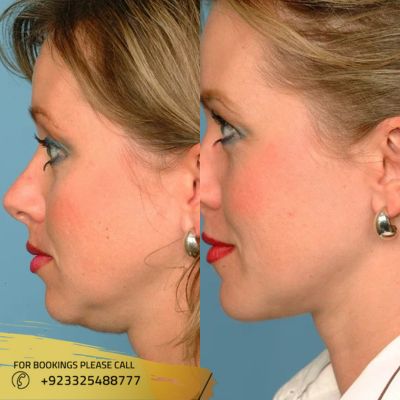
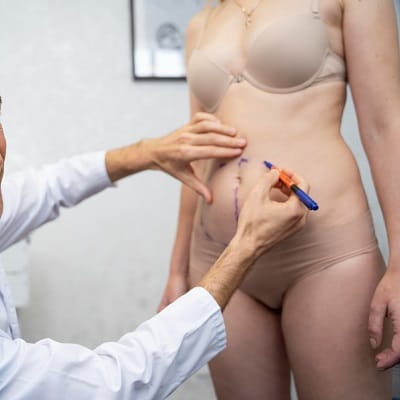
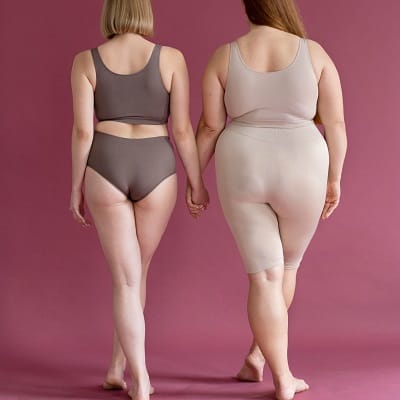

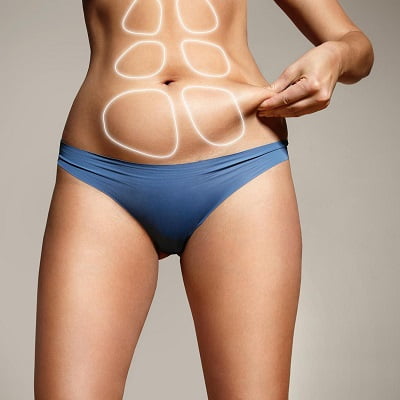








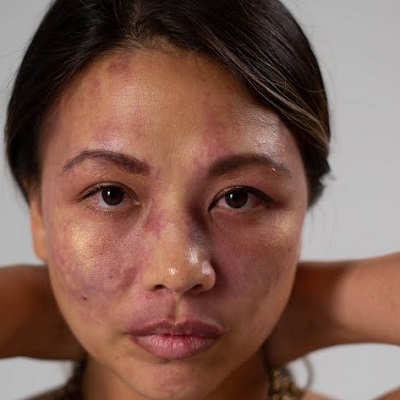
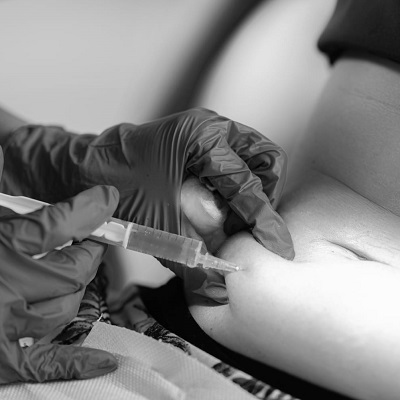


Book Appointment